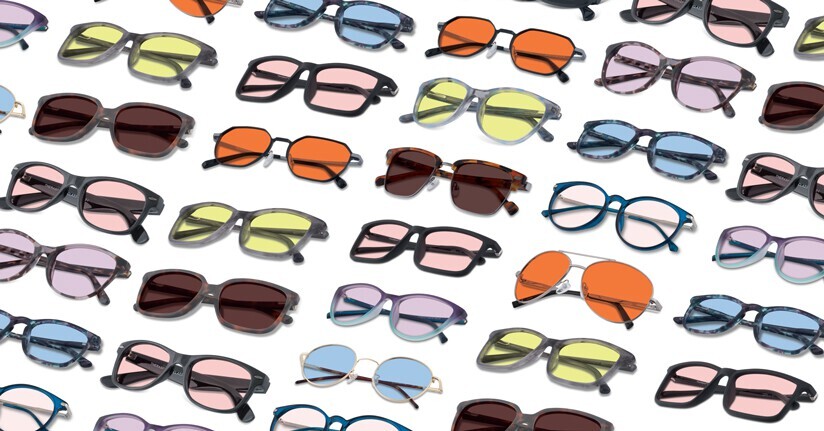Optimal Treatment of Migraine
Treating migraine appropriately involves three major components:
1. Consultation with a health care professional.
2. Receiving an accurate diagnosis.
3. Receiving adequate treatment.
If only one or two of the criteria are met, a person’s treatment is less likely to be successful. When these criteria are met and a person has used at least one recommended acute migraine treatment and one preventive treatment, they are considered to be receiving “minimally appropriate treatment.”
In people with episodic migraine, 26.3% receive minimally appropriate treatment, according to findings from the American Migraine Prevalence and Prevention study. In chronic migraine, only 4.5% receive minimally appropriate treatment, according to a study presented at the American Academy of Neurology’s annual conference in April.
The study of chronic migraine treatment included 1,254 participants who met the criteria for chronic migraine. About 40% (512 people) were seeing a health care professional for migraine treatment at the time of the study. Yet, only a quarter of those people (126 people) had been diagnosed with chronic migraine or transformed migraine. And in people who had been diagnosed, less than half (44.4%) were receiving minimally appropriate treatment. Those three major components of migraine treatment I mentioned above? Only 4.5% of participants had all three.
For participants in the study, women were more likely to have a diagnosis than men, as were those who had multiple migraine symptoms, and/or saw a headache specialist. The likelihood that a person had seen a health care professional for migraine increased with age, frequency/number of migraine symptoms, degree of disability, and having health insurance.
The moral of the story? See a health care professional for migraine! Fight for an accurate diagnosis and for recommendations for both preventive and migraine-specific acute treatment. If a doctor tells you painkillers are your only option, see a new doctor. There are excellent migraine-specific acute treatments that can be highly effective (they don’t work for everyone and some people can’t take them due to other health conditions—still, you should know about them before making the decision to use prescription painkillers). If you don’t have the strength to advocate for yourself, take an advocate with you. Chronic migraine can be a bear to treat, but treatment is easier the sooner it is caught.
REFERENCE
Dodick, D. Lipton, R. Reed, M. Fanning, K. Manack, A. & Holden, A. (2015) Effects of Demographic and Socioeconomic Characteristics on Barriers to Chronic Migraine Consultation, Diagnosis, and Treatment: Results From the CaMEO (Chronic Migraine Epidemiology & Outcomes) Study. Poster session presented at the meeting of the American Academy of Neurology, Washington, D.C.

TheraSpecs® Glasses for Light Sensitivity
Find the glasses that fit your needs and lifestyle, and stay protected from screens, fluorescents, unwanted blue light, sunlight, flashing lights, and more.
Shop Now


